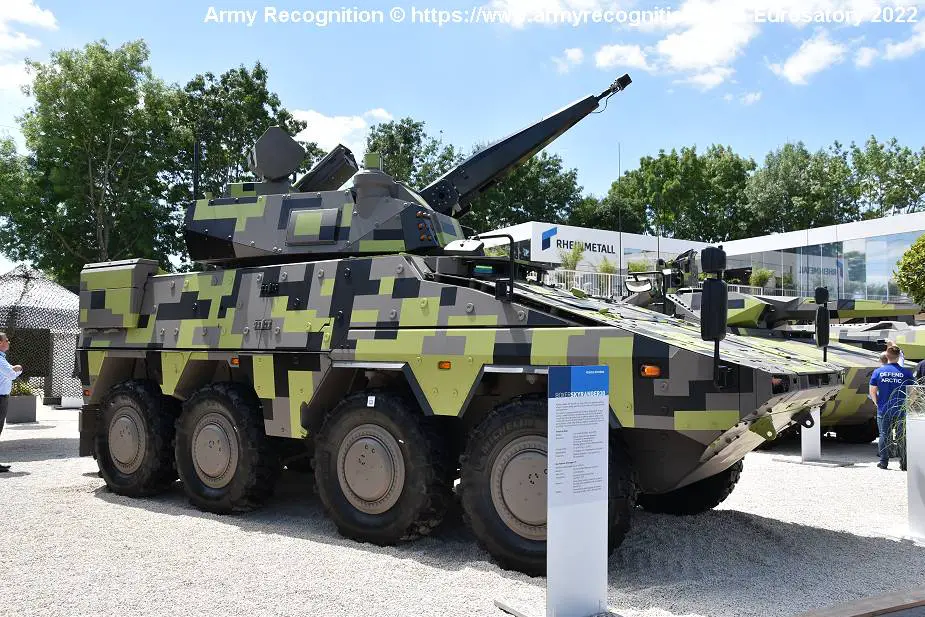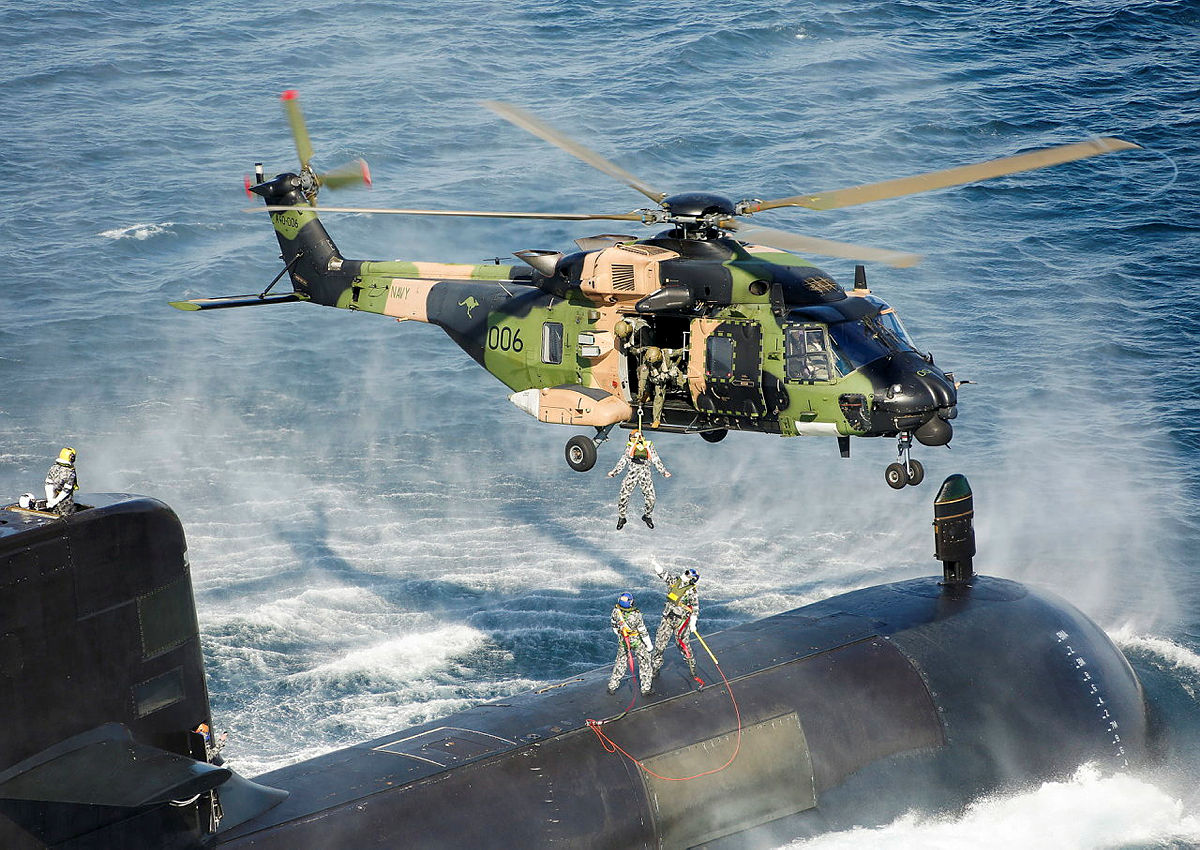The F-35 is an interesting case. There is a global supply chain, of which Australian companies are a part, as well as a number of final assembly plants in different countries, and perhaps more importantly, regional maintenance centres, supporting multiple operators.Volk
Thanks for your great assessments as always.
WRT "...The argument that the RAAF does perfectly well buying from overseas ignores the fact we used to play the same silly games with aircraft manufacturing as well."
If I may opinion, due to technology and labour even during WWII the Australian aircraft output appeared to generate too old/late (eg. Beaufort and the Boomerang; yes I know Beaufighters and Mosquitos would argue against that towards the end) when obtaining from overseas (eg. Kittyhawks, Cat's, B24s) was more timely and operationally an advantage.
Sweep through 80 years and the arguments for Australian industry to build its own type of Gen V F-35 seems wrong. Perhaps in cooperation with Tempest or the SK/Indo thingy or in building from kit-sets over a longish period of time?
For me it's the same argument against building SSN in Australia, except amplified. Why would you? Yes for maintenance, updates etc but ...
Final assembly of the aircraft is something we chose not to do but ironically could have been less complex than some of the functions we are doing on the project.
With global supply chains virtually nothing complex is manufactured in a single location. What it comes down to is what skill sets you want to develop and maintain. A complex build covers everything and provides critical mass in multiple professional and vocational areas, which in turn feeds trained and experienced people into the economy.







